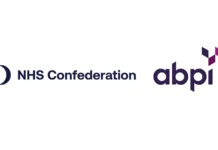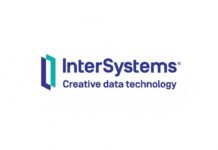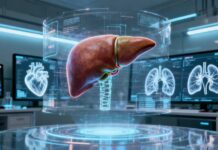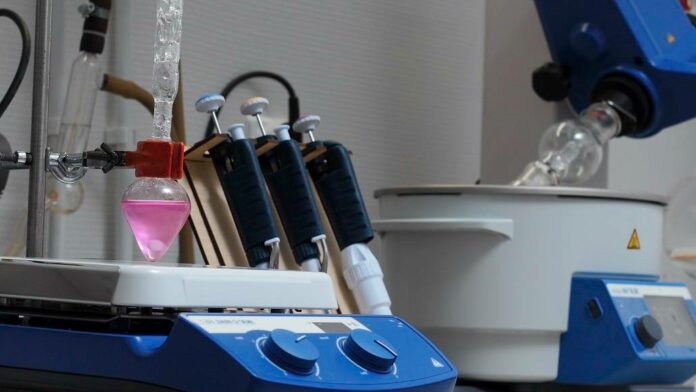Establishing a new laboratory is a complex undertaking that requires careful planning to ensure functionality, safety, and efficiency. Whether for research, clinical diagnostics, or educational purposes, every lab must be designed with precision to meet its specific needs. The right selection of lab supplies, equipment, and layout can significantly impact productivity and operational success.
This article outlines the essential factors to consider when setting up a new laboratory, from space planning to safety protocols and procurement of lab supplies.
1. Define the Laboratory’s Purpose and Workflow
Before purchasing lab supplies or equipment, clearly define the lab’s primary functions:
- Research Labs – Focus on experimental flexibility and specialized equipment.
- Clinical/Diagnostic Labs – Require strict compliance with medical standards.
- Educational Labs – Need durability and ease of use for student training.
Workflow Considerations:
- Identify key processes (e.g., sample preparation, analysis, storage).
- Design workstations to minimize cross-contamination and unnecessary movement.
- Ensure logical placement of lab supplies to streamline workflows.
2. Choose the Right Location and Layout
Space Requirements:
- Bench Space – Allow at least 4-6 feet per researcher.
- Storage Areas – Dedicate space for chemicals, glassware, and consumables.
- Ventilation – Ensure proper airflow for fume hoods and biosafety cabinets.
Lab Layout Best Practices:
- Zoning – Separate wet and dry labs to prevent contamination.
- Ergonomics – Position frequently used lab supplies within easy reach.
- Safety Exits – Maintain clear pathways to emergency exits.
3. Procure Essential Lab Supplies and Equipment
Selecting high-quality lab supplies is critical for accuracy and safety.
Basic Lab Supplies Checklist:
✔ Glassware (beakers, flasks, pipettes)
✔ Consumables (gloves, tubes, filters)
✔ Safety Gear (goggles, lab coats, spill kits)
✔ Storage Solutions (chemical cabinets, refrigerators)
Equipment Considerations:
- Prioritize multi-functional instruments to save space and costs.
- Verify compatibility with existing workflows.
- Budget for maintenance and calibration.
4. Implement Safety and Compliance Measures
A well-designed lab integrates safety from the outset.
Key Safety Features:
- Emergency Equipment – Install eyewash stations, fire extinguishers, and first-aid kits.
- Ventilation Systems – Use fume hoods for chemical work and biosafety cabinets for pathogens.
- Proper Labeling – Follow GHS standards for chemical storage.
Regulatory Compliance:
- Adhere to OSHA, EPA, and ISO guidelines.
- Document safety protocols and training records.
5. Optimize Storage and Inventory Management
Efficient storage prevents clutter and ensures quick access to lab supplies.
Storage Solutions:
- Modular Shelving – Adjustable racks maximize space.
- Chemical Cabinets – Segregate acids, flammables, and bases.
- Digital Inventory Systems – Track lab supplies usage in real time.
Inventory Best Practices:
- Set par levels to avoid shortages.
- Conduct regular audits to discard expired materials.
6. Plan for Utilities and Infrastructure
Labs require specialized infrastructure to support operations.
Essential Utilities:
- Electrical Outlets – Ensure sufficient power for equipment.
- Water Supply – Install purified water systems if needed.
- Gas Lines – Properly secure gas cylinders for Bunsen burners or GC systems.
Backup Systems:
- Uninterruptible Power Supply (UPS) for sensitive instruments.
- Backup generators for long-term experiments.
7. Establish Standard Operating Procedures (SOPs)
Clear protocols ensure consistency and safety.
Critical SOPs to Develop:
- Equipment operation and maintenance.
- Chemical handling and disposal.
- Emergency response plans.
Training Requirements:
- Train all personnel on SOPs before lab activation.
- Schedule refresher courses annually.
8. Budgeting and Cost Management
Lab setup costs can escalate quickly without proper planning.
Cost-Saving Strategies:
- Lease high-cost equipment initially.
- Bulk-purchase lab supplies for discounts.
- Prioritize essential items first, then expand.
Hidden Costs to Anticipate:
- Maintenance contracts for equipment.
- Waste disposal fees.
- Compliance certification costs.
9. Future-Proofing the Laboratory
Design the lab with scalability in mind.
Flexibility Considerations:
- Modular furniture for reconfiguration.
- Extra power and data ports for new instruments.
- Space for additional storage as needs grow.
Technology Integration:
- Plan for digital lab notebooks (ELNs).
- Automate repetitive tasks where possible.
10. Conduct a Final Safety Inspection
Before operational launch:
- Test all safety equipment (eyewashes, alarms).
- Verify proper ventilation and airflow.
- Ensure emergency exits are unobstructed.
Conclusion
Setting up a new laboratory requires meticulous planning across multiple dimensions—space, safety, lab supplies, and workflow efficiency. By addressing these key factors systematically, you can create a functional, compliant, and productive lab environment.
Start with a clear understanding of the lab’s purpose, invest in high-quality lab supplies, and prioritize safety at every step. A well-designed laboratory not only enhances research outcomes but also ensures the well-being of its users.


















